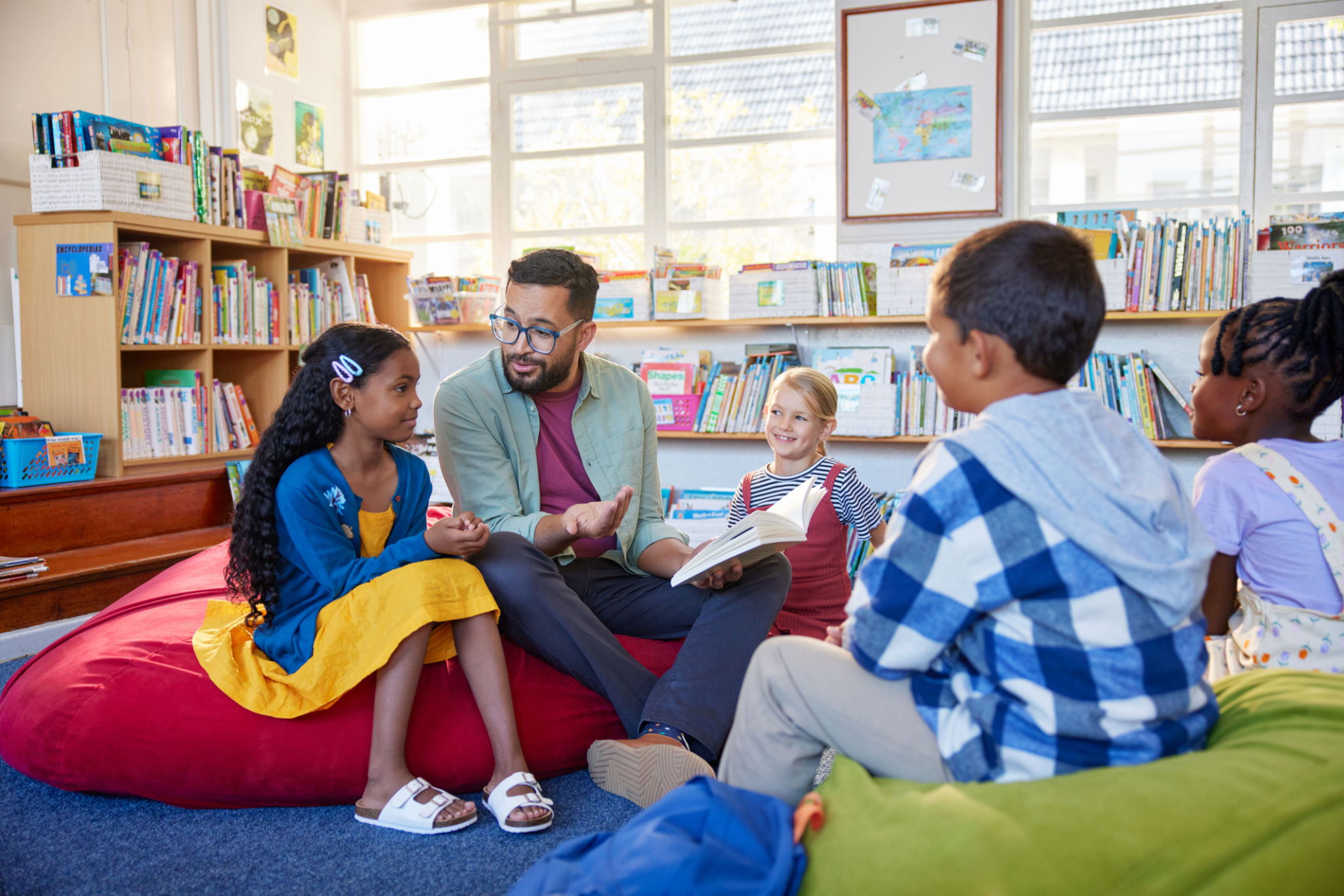How Educational Partnerships Benefit Schools: A Comprehensive Guide
Understanding Educational Partnerships
Educational partnerships are collaborations between schools and external organizations such as businesses, nonprofits, and government entities. These partnerships aim to enhance the educational experience by providing additional resources, expertise, and opportunities for students and educators. By leveraging the strengths of each partner, schools can address various challenges and improve educational outcomes.

Enhancing Curriculum and Learning Opportunities
One of the primary benefits of educational partnerships is the enhancement of curriculum and learning opportunities. These collaborations can introduce new subjects, innovative teaching methods, and extracurricular activities that might not be available within the school’s existing resources. For example, partnerships with tech companies can bring coding and robotics programs into classrooms, providing students with cutting-edge skills.
Moreover, partnerships enable schools to offer real-world learning experiences. By collaborating with local businesses or nonprofit organizations, schools can provide students with internships, job shadowing, and project-based learning opportunities. These experiences not only enhance academic learning but also help students develop critical thinking, problem-solving, and interpersonal skills.
Access to Resources and Expertise
Schools often face constraints in terms of funding and resources. Educational partnerships can help alleviate these challenges by providing access to additional resources such as technology, equipment, and materials. Furthermore, partnerships can bring in experts from various fields to share their knowledge and experience with both students and educators.

For instance, a partnership with a local hospital could facilitate health education programs where medical professionals visit schools to conduct workshops and seminars. Such initiatives enrich the curriculum and provide students with insights into potential career paths.
Professional Development for Educators
Educational partnerships also contribute to professional development for teachers. By working with external organizations, educators can gain new perspectives and insights into their teaching practices. Partnerships may offer workshops, training sessions, and collaborative projects that help teachers stay updated on the latest educational trends and technologies.
This continuous professional growth ensures that teachers are well-equipped to deliver high-quality education and adapt to the evolving needs of their students. Additionally, such collaborations can foster a culture of lifelong learning among educators, encouraging them to pursue new knowledge and skills continuously.

Fostering Community Engagement
Partnerships between schools and external organizations can strengthen community ties by fostering a sense of shared responsibility for education. When local businesses, nonprofits, and other stakeholders invest in schools, it creates a supportive environment where everyone works towards common goals. This engagement can lead to increased community involvement in school activities, events, and decision-making processes.
Moreover, community engagement through educational partnerships can inspire students by showing them the impact of collaborative efforts in achieving positive outcomes. It helps students understand the importance of civic responsibility and encourages them to contribute actively to their communities.
Overcoming Challenges in Educational Partnerships
While educational partnerships offer numerous benefits, they also present challenges that need to be addressed. Clear communication and mutual understanding are essential for successful collaborations. Schools must establish clear goals and expectations with their partners to ensure alignment in objectives and strategies.
Additionally, it’s important to evaluate the effectiveness of partnerships regularly. Continuous assessment helps identify areas for improvement and ensures that the collaboration remains beneficial for all parties involved. By addressing these challenges proactively, schools can maximize the positive impact of educational partnerships on their communities.